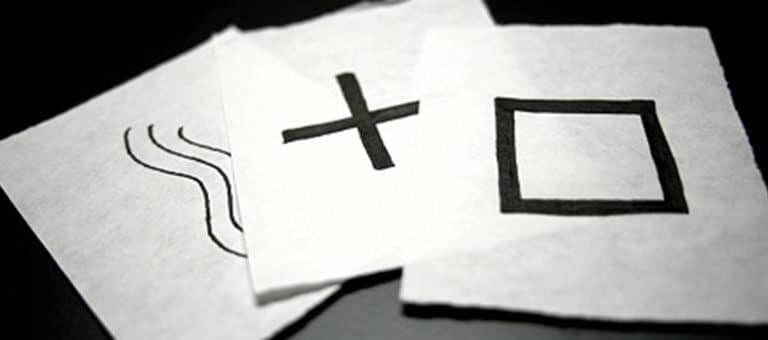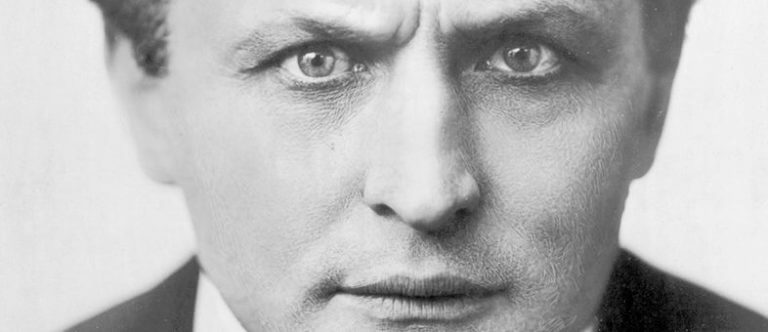Neuroscience of Organization
I’m fascinated by books on how we can improve our thoughts, patterns, and ideas. Unfortunately, many of these get trashed away in the “self-help” section. Unfortunate not because of the content, which is brilliant, but because of a certain stigma that goes along with being caught in the “self-help” section.
I absolutely love that section of the bookstore. It holds some amazing truths and poses questions that can enhance our daily lives. One of my favorite books is Getting Things Done, by David Allen.
In his interview from the Washington Post, researcher Daniel Levitin explores the link between multi-tasking and a lack of productivity, amongst other things. He talks about how good organization is scientifically PROVEN to help the brain function better. One of the salient ideas is that our brain is not capable of true multitasking. In that sense, we are much more like an iPhone that an Android. We are hardwired to do one thing well at a time, and we tend to jump from thing to thing when we multitask. The problem with this is that we don’t allot enough time to finish one individual task, and our brain has to “reboot” briefly between ideas, costing us valuable time and resources. But as research has proven, multi-tasking can release dopamine into our synapses, making us FEEL good inside.
What’s the lesson? The lesson is to stick to the task at hand, even if it doesn’t necessarily feel like the best thing to do in a given moment. Have a clear, concise goal and map, and an agenda to keep yourself to it. Use your calendar religiously, and find some system of organization that can help you stay on task.
For more information, and to read the entire interview, check out the Washington Post article here.
Kevin Viner
I’m a professional mentalist who travels the world performing. Beyond my profession, my interests include writing music, guitar, aviation, martial arts, and mathematics.





